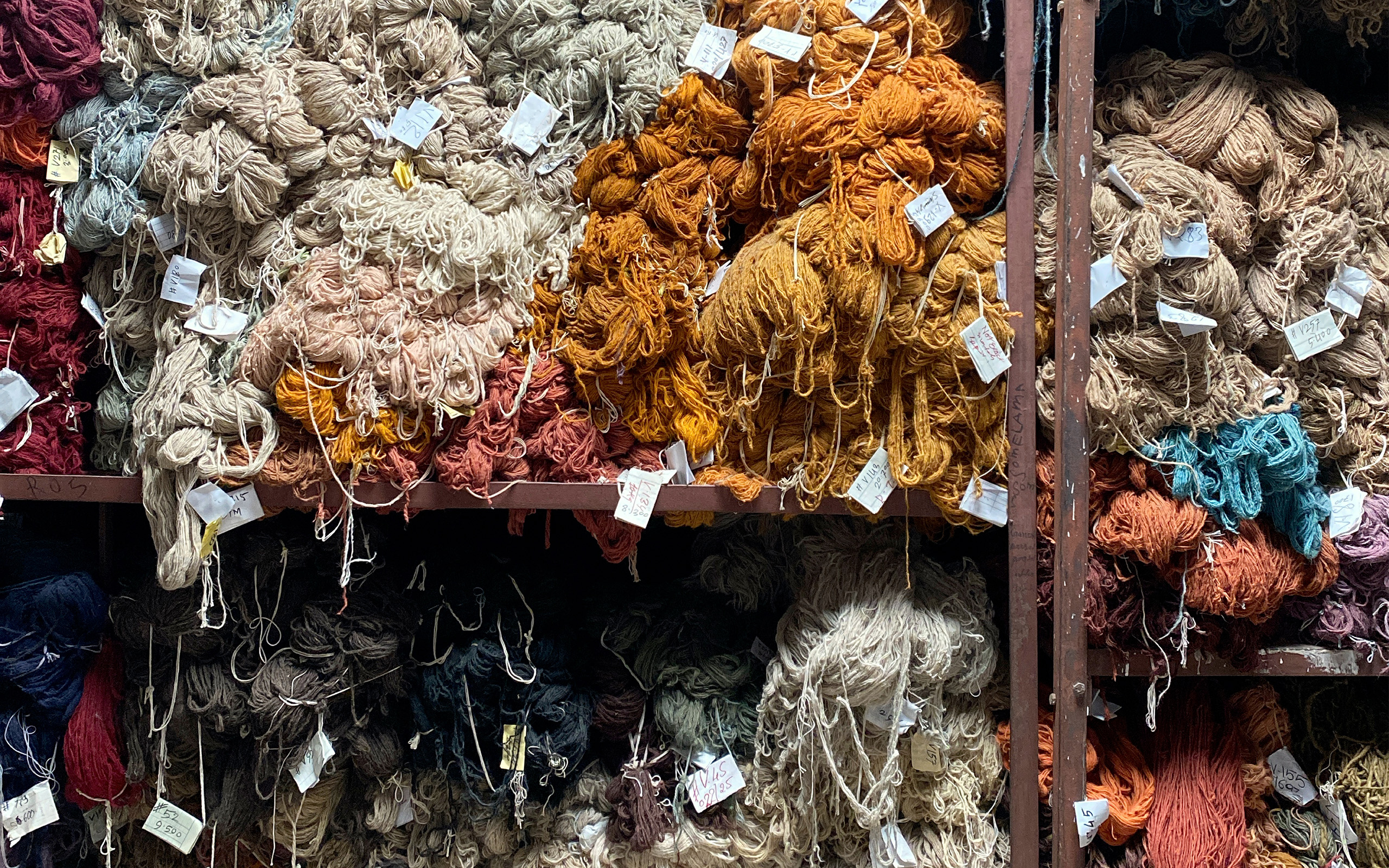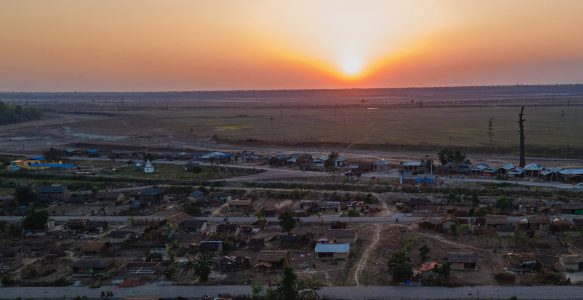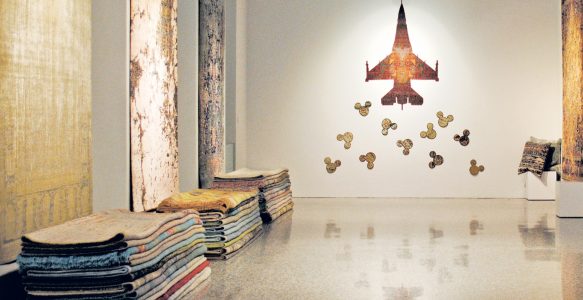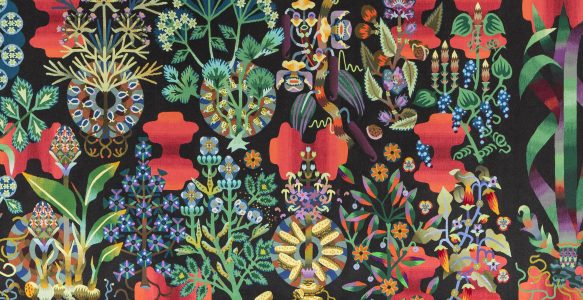Transcending the Kathmandu Valley
The production of carpets in Kathmandu has had a transformative effect on both the Tibetan refugee population and the native Nepali people. It is an industry which during its ascent, golden years, and decline – in volume – provided much needed foreign exchange for a country dependent upon such transactions. It created wealth both in Nepal and abroad, and it has undoubtably contributed to an increased standard of living in the country of Nepal.




